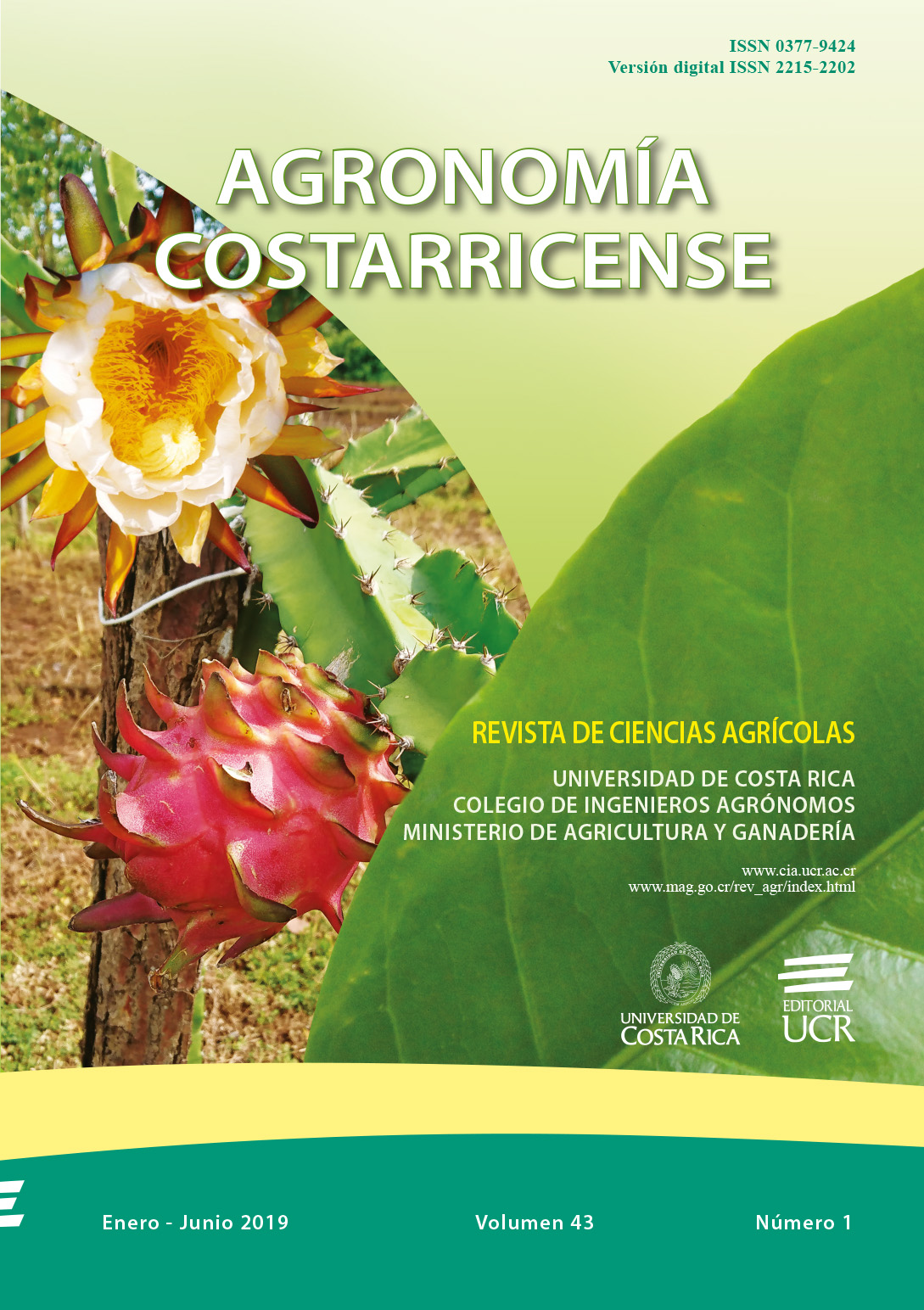Abstract
The use of Trichoderma species is increasing worldwide over the years to control different plant pathogenic fungi. Four indigenous Trichoderma Persoon were tested in laboratory and in a commercial greenhouse conditions to control Fusarium wilt in an undetermined variety of cherry tomatoes. In Venezuela available commercial products are formulated almost exclusively with T. harzianum but experimental trials indicate failure to control Fusarium compared to noncommercial strains. Different experiments were set to assess antagonism, mycoparasitism, edophytism, effect of secondary metabolites produced by Trichoderma, and the agronomic effect of those species in a commercial farm greenhouse. Species tested were T. koningiopsis Samuels, Suárez & Evans, T. virens Mill., Giddens & Foster, T. spirale Bissett and T. harzianum Rifai and among them, T. spirale showed the best performance in all experiments. Trichoderma spirale was able to inhibit the growth of Fusarium up to 79% in PDA plates; its secondary metabolites reduced the pathogen growth in 64%. On the other hand, the given species showed a protective effect against Fusarium in planta and field situations reducing the incidence of the disease in 70% and also showed positive effects in plant growth possibly because of improved water and nutrient intake by the plants or endophytism. In greenhouse experiment, T. spirale produced the best results after 90 days post-transplanting both by production and by protecting plants against Fusarium wilt. Plants inoculated with T. spirale were significantly higher, produced more fruits and reduced the incidence of Fusarium wilt in a commercial greenhouse conditions. The indigenous strain of T. spirale used in this work has a good potential to become a regular biocontrol agent in the near future.
##plugins.facebook.comentarios##

This work is licensed under a Creative Commons Attribution-NonCommercial-NoDerivatives 4.0 International License.
Copyright (c) 2018 Agronomía Costarricense


